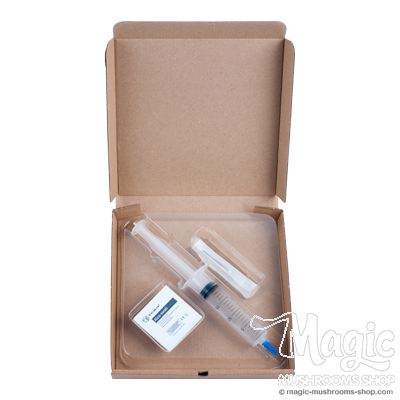What's a Spore?
페이지 정보

본문
One of the most noticeable features its structure. Spores typically have a densely packed usually spherical shape, with a thick cell wall that provides protection against mechanical damage and desiccation. This cell wall is composed of a variety of organic compounds, including cellulose, chitin, and other organic compounds, which provide rigidity. The cell wall is also covered with a layer of molecules called carbohydrates, sporenspritze herstellen which help to regulate water loss and maintain internal pressure.
In addition to the cell wall, spores contain a variety of essential organelles that perform vital functions. The nucleus, for example, is the control center hub of the spore, containing the essential genetic material necessary for growth and development. The cytoplasm, the jelly-like substance surrounding the cellular hub, contains facilitates a variety of enzymes and other molecules that facilitate cellular activity. Spores also contain cellular engines, which are responsible for generating energy, and a system of vacuoles, which help to regulate water and salt balance.
Spores also contain a unique type of DNA known as specialized DNA, which is responsible for the process of cellular division. Meiosis is a specialized type of cell division that reduces decreases the number of chromosomes by half, resulting in the production of recombinant offspring. This is essential for the long-term survival of the species, as it increases boosts genetic diversity and allows for adaptation to changing environments.
In addition to their cellular molecular components, spores also contain a variety of molecular signals that regulate their development and germination. For example, certain molecules called regulatory molecules help to coordinate facilitate the process of germination, while others, such as abscisic acid, help to regulate inactivity. The interplay between these molecular signals and the environmental cues they respond to ultimately determines the fate determines the fate of the spore.
In conclusion to summarize, a spore is a complex multifaceted structure that contains a wide range of components elements, each playing a unique role in its development and germination. From the thick cell wall to the various organelles and molecular signals, the components of a spore work together to create a highly capable reproductive unit capable of withstanding harsh severe conditions and thriving in a wide range of environments settings.

- 이전글울산 아파트 8층서 4세 아동 떨어져 숨져 25.05.24
- 다음글Carpet Cleaning Machines - Portable Carpet Extractors Vs Small Truck Mounts 25.05.24
댓글목록
등록된 댓글이 없습니다.
